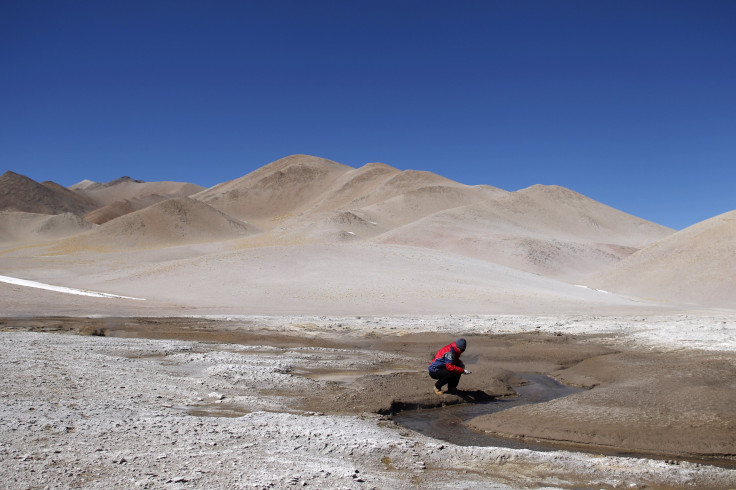Luca, the ‘Last Universal Common Ancestor’ is a microbe from which all life descended 4 billion years ago

Researchers have revealed that all life as we see today descended from a microbe about four billion years ago. The microbe adapted itself to survive mineral-rich, oxygen-free and warm environments. The conditions were very similar to hot springs of Earth today. The primitive microbes lived off nitrogen, carbon dioxide and hydrogen gases bubbling through their watery and warm homes.
The German genetic study, published in the journal Nature Microbiology, and carried out by researchers at the University of Düsseldorf, said that the microbes are our ancestors, the last common ancestor of all life found today. In order to find out the last universal common ancestor, the researchers went through 6.1 million genes found in single-celled organisms today.
They found that 355 protein groups that were most-likely retained from our ancestor microbe, from which archaea and bacteria split around four billion years ago. Understanding parts of the primitive microbe’s genetic structure also provided clues to its habitat. This is because the genomes are generally well-adapted to their environment.
This esteemed ancestor bacterium-like single-cell organism and is known by the name Luca. It is the Last Universal Common Ancestor. It lived when Earth was merely 560 million years old. These new findings adds fuel to the debate between those who believe life on Earth started in extreme environments such as deep sea vents or flanks of volcanoes and others favouring more normal settings.
The 355 genes pointed exclusively towards “an organism that lived in the conditions found in deep sea vents, the gassy, metal-laden, intensely hot plumes caused by seawater interacting with magma erupting through the ocean floor,” writes The New York Times.
The research, led by William Martin at Heinrich Heine University in Germany, used the genetic information to reconstruct the microbe’s lifestyle. The microbe must have received hydrogen living in hydrothermal vents as it was the only source of hydrogen gas on Earth.
The microbes were thriving at a time when a lot was happening in our solar system. The Late Heavy Bombardment made objects circling the sun get pummelled by other objects such as asteroids, protoplanets and comets.
As per biologist at the University of Manchester in the UK, James McInerney, the collisions caused Earth’s oceans to heat up and vapourise on a regular basis. This could have led to the survival of only those organisms that could live in very hot water, reports Cosmos.





















